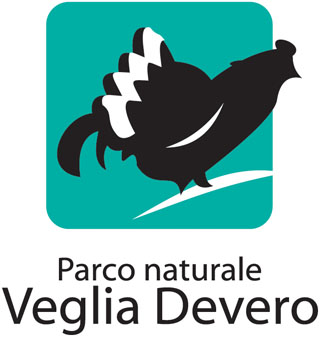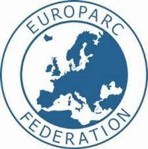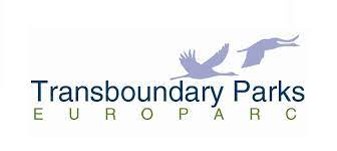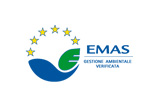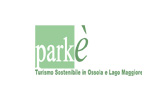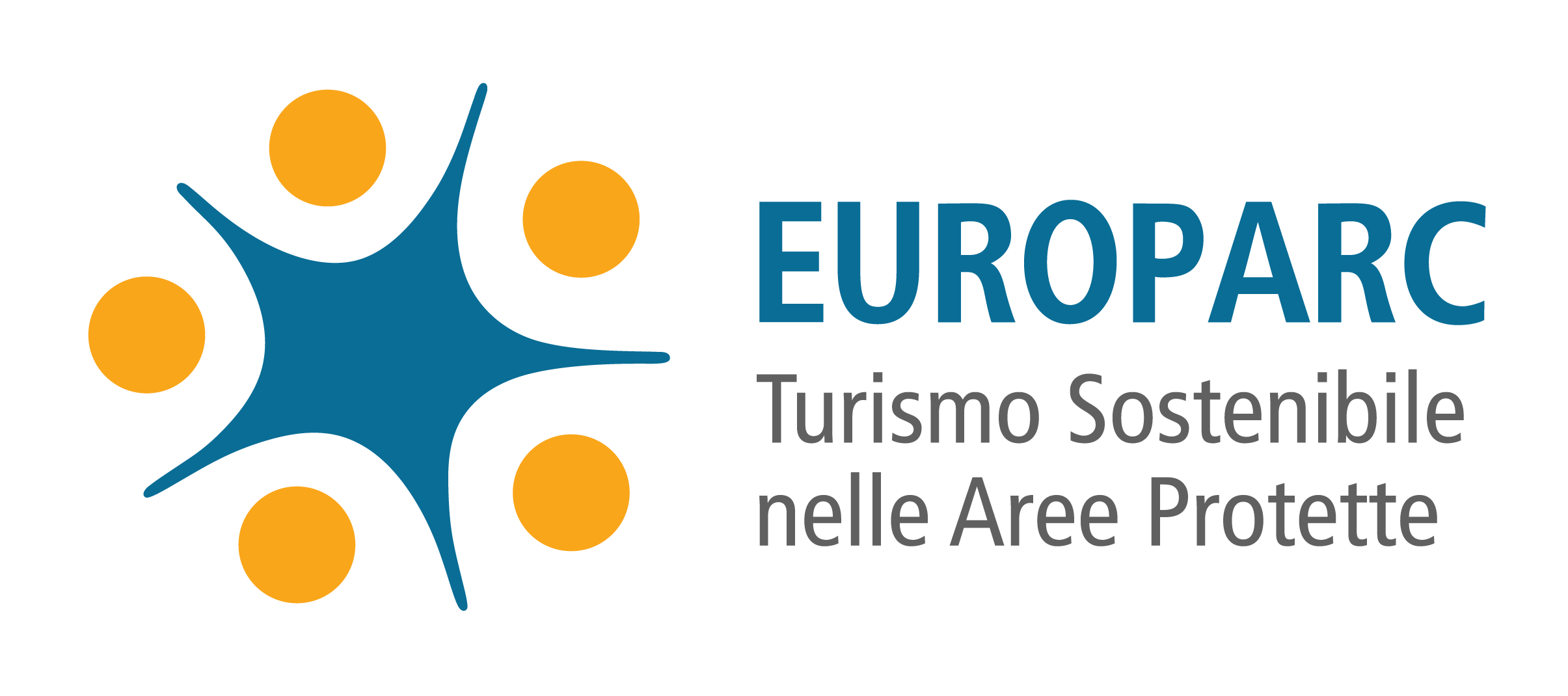Binntal Veglia Devero Transboundary Park
Binntal Veglia Devero Nature Parks consists of the Alpe Veglia and Alpe Devero Natural Park in Italy and the Landschaftspark Binntal in Switzerland, both located in the Lepontine Alps. This natural environment is dominated by rocks, glaciers and mountains reaching some 3.500 meters a.s.l., alpine lands, pastures, peat bogs and mowing meadows. A first official agreement on transboundary cooperation between the two parks dates back from 2013, but contacts and exchange of people from both sides of the alpine range across the Arbola/Albrun pass goes back to more than 3000 years ago.
The Binntal Veglia Devero Transboundary Nature Park embraces the following Protected Areas:
- Parco Naturale Veglia Devero / Protected Areas of Ossola, Region of Piedmont, Italy
- Landschaftspark Binntal, Canton of Valais, Switzerland.
Natural heritage
The region Binntal-Alpe Devero is known for its richness and diversity of minerals. So far, over 270 different minerals have been identified in the area, of which more than two dozen are typical only of this restricted area. Some have been named from the region such as Binnite or Cervandonite.
Plants of amazing and unprecedented variety grow everywhere: in alpine and valley meadows, in grasslands and bogs, in exploited and fallow lands. The reason for this variety relies on the different exposures and forms of agriculture as well as on the geological substrate.
In the area we find the most emblematic mammal species of the Alps: ibex and chamois, which regularly cross the high mountain range. A recent monitoring activity shows that even red deers migrate through the Albrun/Arbola pass (2408 meters a.s.l.). The species lists of birds, butterflies and other animals are also very rich.
History of the Parks
In 1978 the Italian “Alpe Veglia Nature Park” was designated by regional law. It was the first nature park in the region of Piedmont. In 1995 the park was enlarged, involving also the Alpe Devero area. The two areas are since then known as Veglia Devero Natural Park: some 8600 hectares of breathtaking landscapes and delicate balances between nature and human activities. The Veglia Devero Natural Park is also recognized as Natura 2000 site and is, therefore, part of the vast and widespread European ecological network known as Natura 2000 Network. Since 2009, the Ossola Protected Areas Management Body runs the Veglia Devero Natural Park as well as the Antron Valley Natural Park, a recently born protected area in the Ossola territory. The Veglia Devero Natural Parks is involved in various projects, ranging from sustainable tourism to nature conservation, from social innovation in mountain areas to natural resources management and planning.
The Landschaftspark Binntal (18200 ha) was recognised by the Swiss Government as “Nature Park of national importance” in 2011. The first treaty to protect nature and landscape dates back from 1964 and was accepted on a vote by the population.
Apart from the nearly untouched high mountain zone that covers half of the territory, the Binntal Nature Park has a valuable cultural landscape, which is still maintained with much effort and care also during the present days. The villages and hamlets with their sun-tanned houses are so well preserved that they are classified as sites of national and regional importance.
The park’s main aims are to preserve the beauty of the area, promote the local economy, educate the public and raise awareness about the park. The local councils and the local new offerings such as soft tourism, cultural tourism, and local agricultural products help encourage inhabitants to remain in the area.
Transboundary cooperation and certification by Europarc
Although the common transboundary politics on nature management formally started in 2013, the parks have been cooperating even before. “Men from Lepontine Alps walk together, study together, protect and celebrate together. Without borders,” explains the Directorate of Protected Areas of Ossola.
The Transboundary Park certification (2019) is the recognition of the politics for a regional and sustainable development, which protects nature, promotes cooperation and international peace.
In these years, when the Alps are suffering from climate changes, the transboundary cooperation allowed a better management of the alpine biodiversity throughout common monitoring actions and a continuous exchange of scientific information and management experiences.
Promoting sustainable business and tourism
The main goal of this transboundary cooperation is to maintain and develop the quality of the natural landscapes, and to promote sustainable business and tourism, and foster environmental education. Tourists are attracted by the Park’s perfect environment for alpine walking, snowshoe walking, or cross country skiing on trails. The core zones of the sparsely populated Park are still relatively quiet, since car access to the Alps is only allowed to residents.
The parks currently work on training for guides, who are able to operate on both alpine sides. As the two parks are located in relatively remote areas and no easy access from cities, a special emphasis is put on their promotion, mainly through initiatives in urban areas.
For example, the event “Parks in the city” is held in Italy and Switzerland alternately every year. “Autumn street market” in Switzerland and “Mele&Miele” in Italy are events focusing on cultural development, while transboundary walking tours such as “Arbola walk” through alpine gaps or “Pastures and cheese” are organised to support the development of mountain agriculture.
TransParcNet Meeting 2022 held in Binntal Veglia Devero Transboundary Park: “PARKS AND CULTURAL HERITAGE: Ways to a closer involvement and to better identification of people with their parks”.
Over 30 representatives of EUROPARC’s Transboundary Parks Network gathered in Binntal Veglia Devero Transboundary Park from the 28 June to 1 July 2022 to discuss the theme “Parks and Cultural Heritage”. Of course, there was also time to share experiences, ideas and future projects among the Protected Areas of the Transboundary Parks Programme.
https://www.europarc.org/transboundary-cooperation/transparcnet/transparcnet-2022/
More on the Transboundary Protected Areas
https://landschaftspark-binntal.ch
https://www.europarc.org/transboundary-cooperation/transboundary-parks-programme/
Ultimo aggiornamento: 30/08/2023 ore 12:49:12

